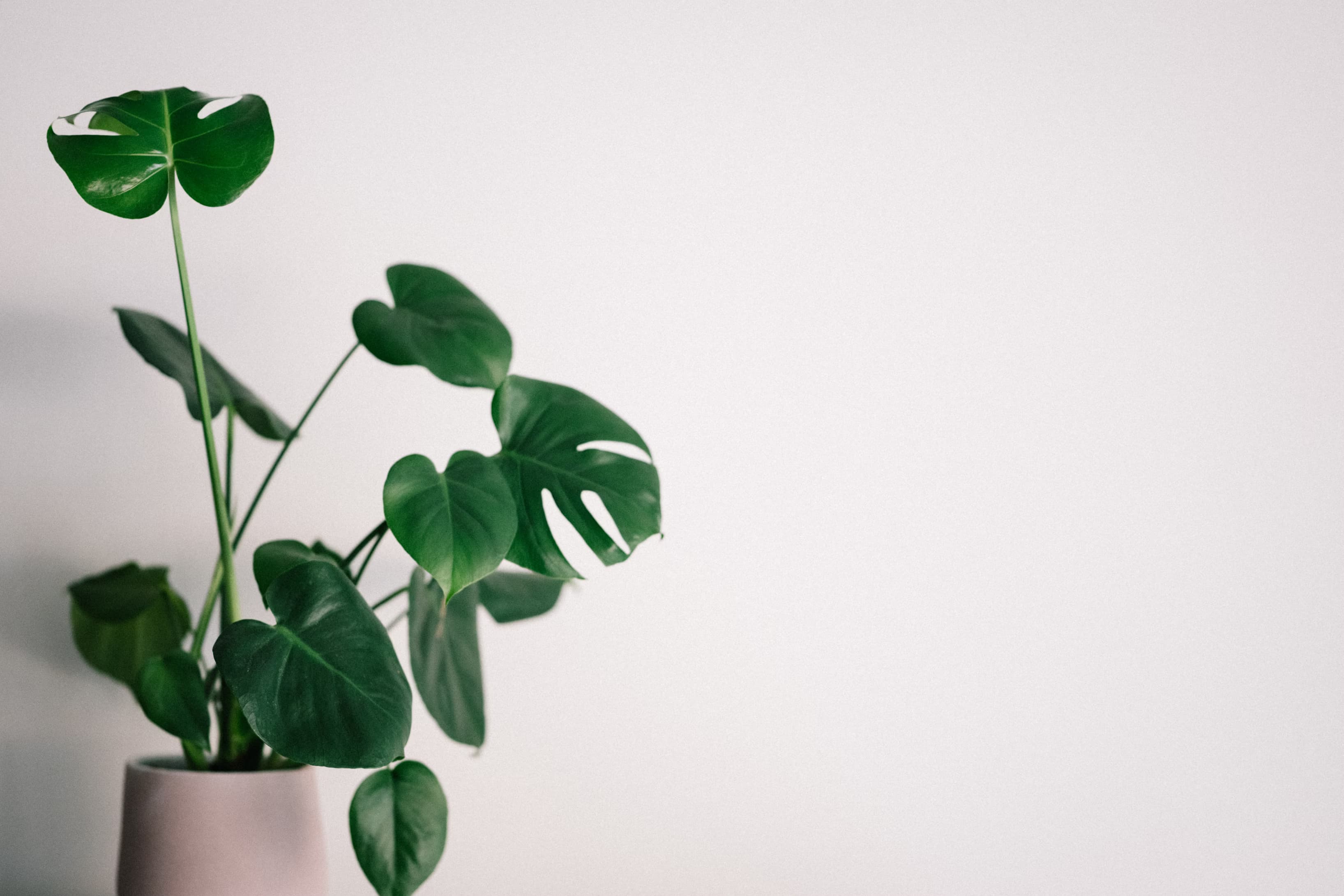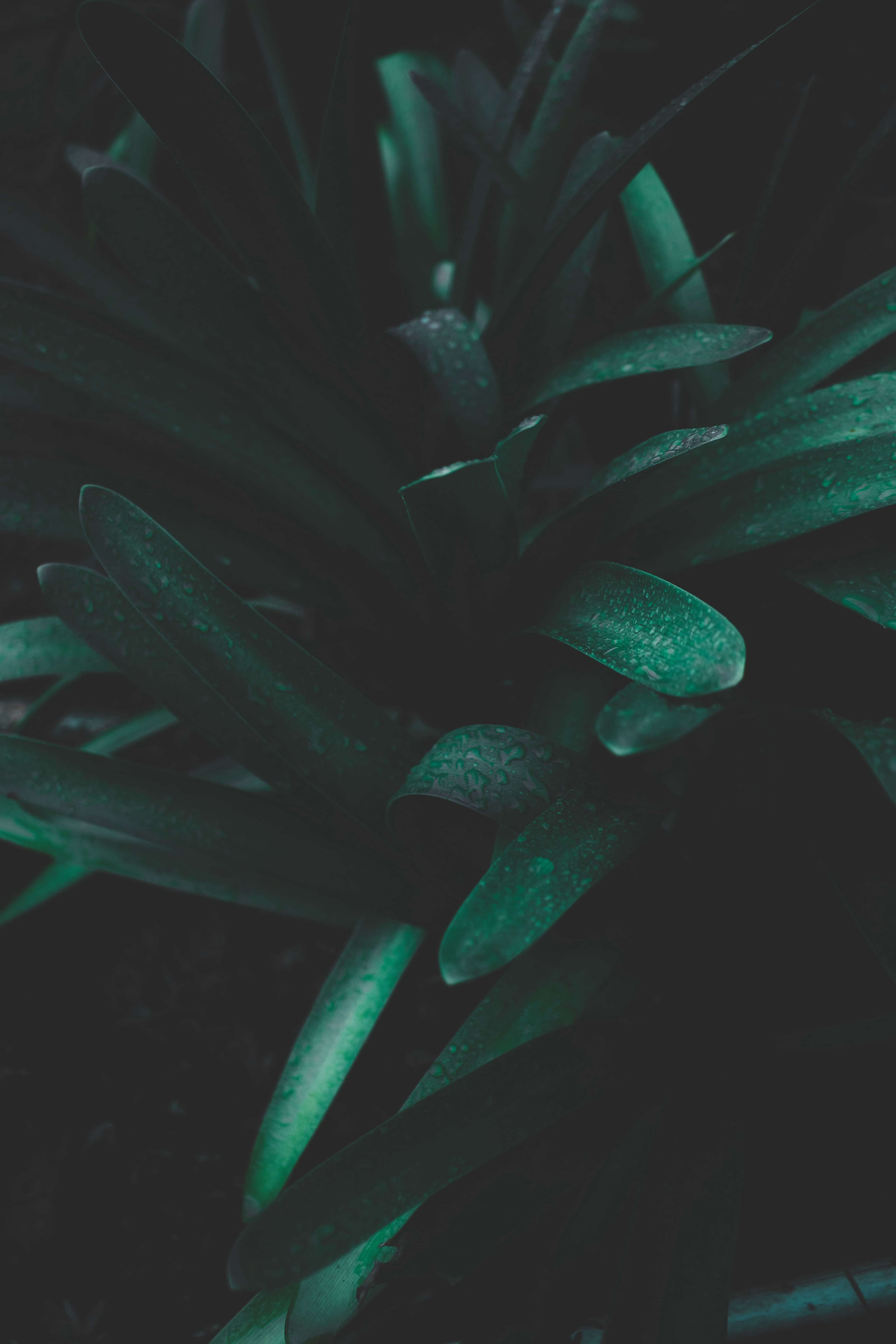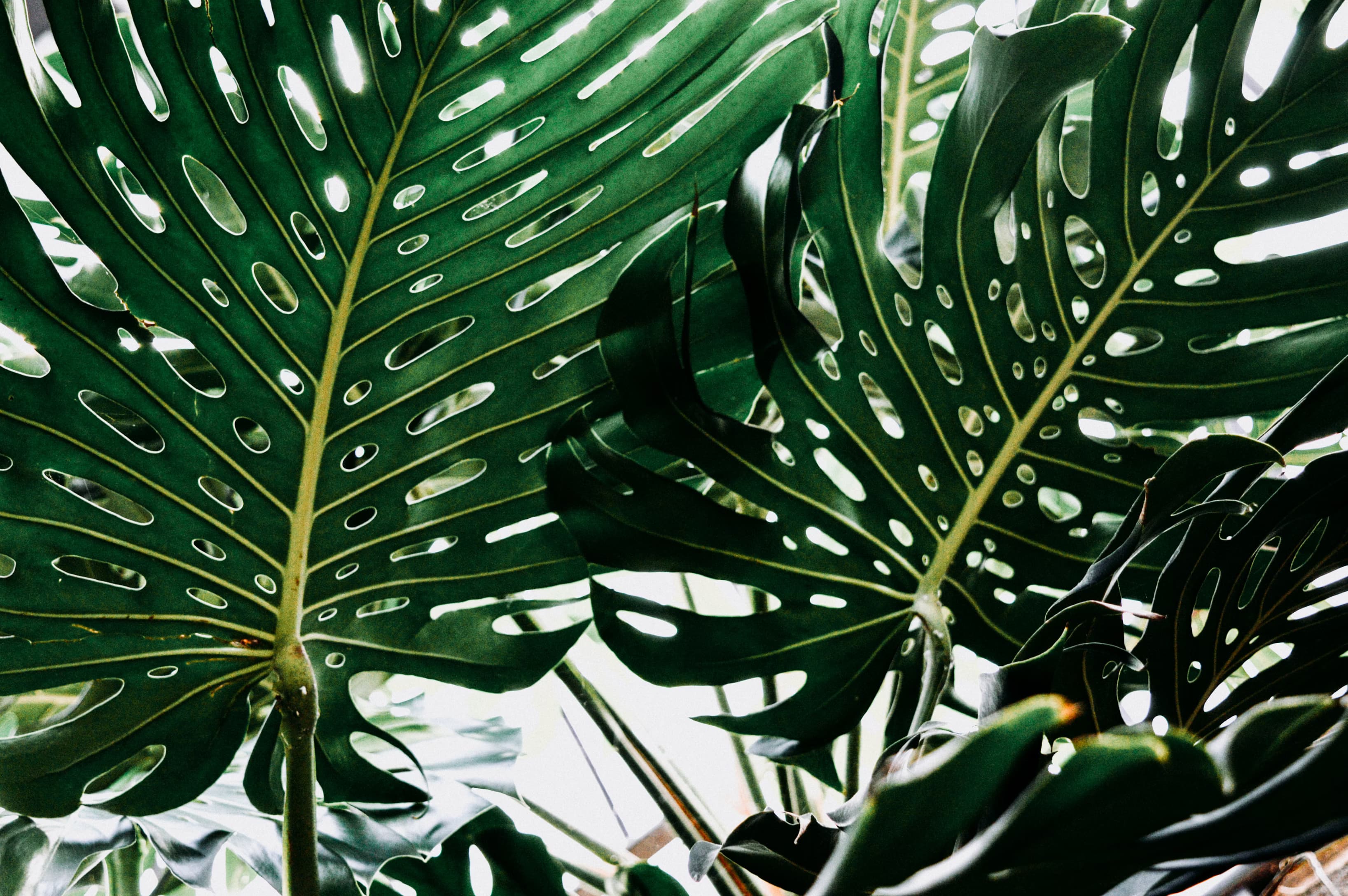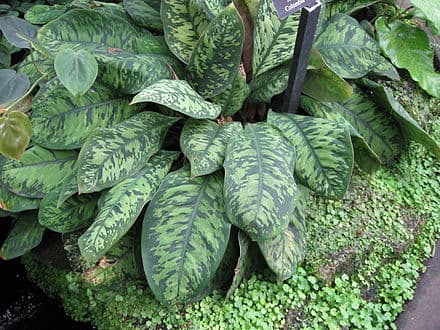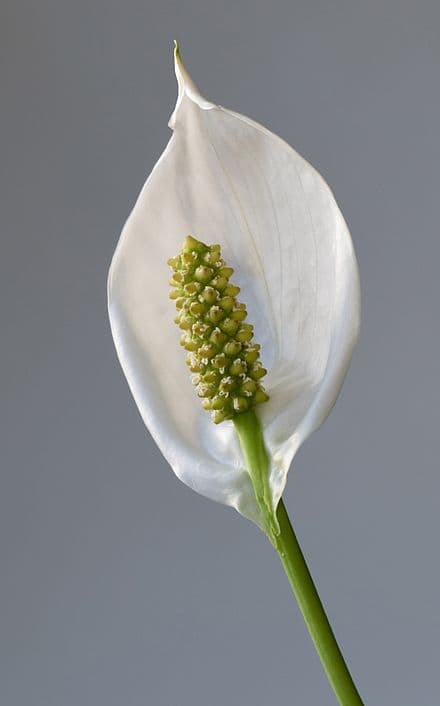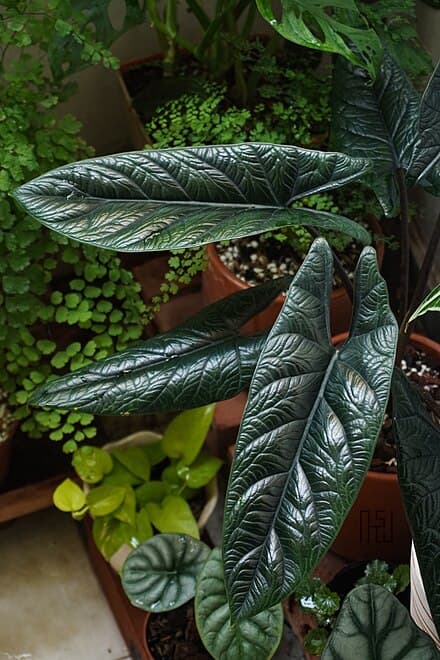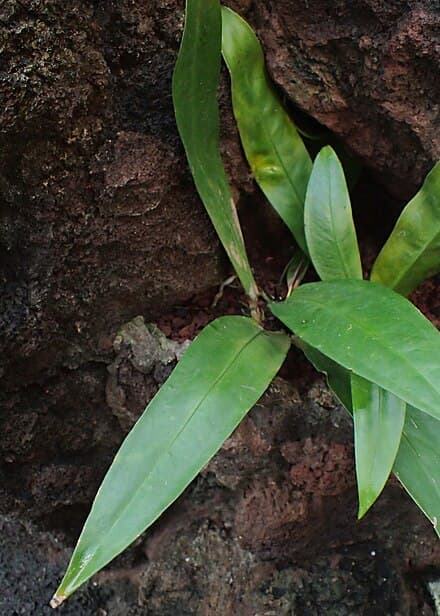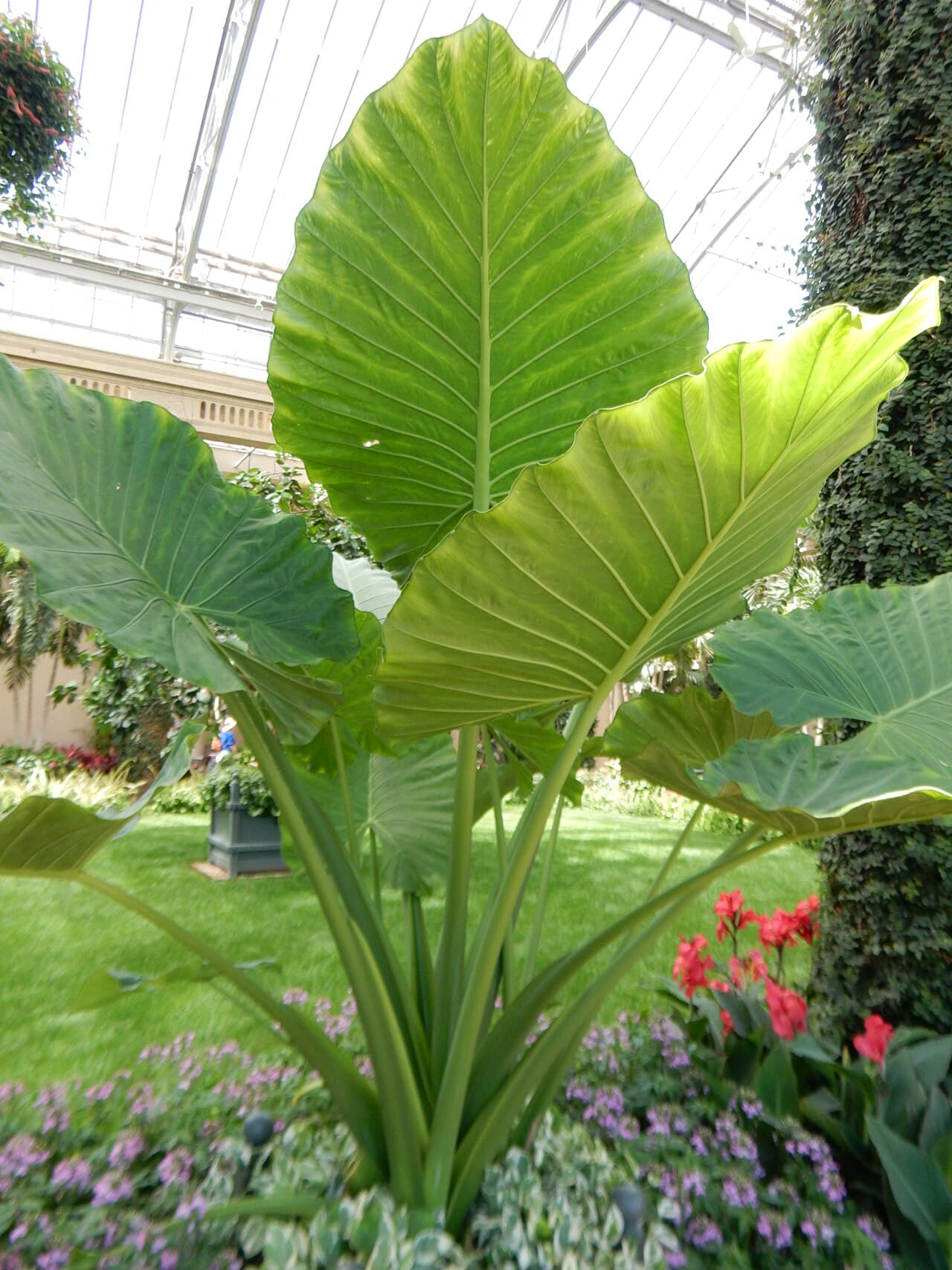
Englerarum image • Photo: Photo licensed under CC BY 4.0
Dwarf Upright Elephant Ear
Englerarum montanum
Englerarum montanum is a striking perennial from the Araceae family, growing up to 4 ft (1 m) tall. It features large, upright arrow-shaped or heart-shaped bright green leaves with prominent veins, resembling smaller elephant ears compared to relatives Alocasia odora and Colocasia esculenta. This fast-growing plant serves as both a striking ornamental for tropical/subtropical gardens and an air-purifying indoor specimen. Native to Southeast Asia, it thrives in warm, humid conditions with weekly new leaf growth in summer. While primarily decorative, its roots were historically used in native recipes despite containing toxic calcium oxalate crystals. As the sole species in its genus, it's notable for hybridizing with Alocasia odora to create Alocasia 'Calidora' (Persian palm).
Leaf Characteristics
Arrow-shaped or heart-shaped bright green leaves with prominent veins
Plant Care Overview
Care Guide
Essential requirements for your Englerarum
Light Requirements
Bright filtered sunlight
Light conditions can affect leaf color and growth rate. Adjust placement as needed based on your plant's response.
Watering Schedule
When top 2-3 inches of soil are dry
Humidity Needs
high humidity
Always check soil moisture before watering. Adjust frequency based on your home's conditions.
Temperature Range
Prefers USDA zone 9b or warmer (64.4-77°F/18-25°C)
Native Climate
Native to Laos, Thailand, Kachin Hills of Myanmar, and southwestern Yunnan in south-central China
Keep away from drafts, heaters, and air conditioners which can stress your plant.
Soil Type
Aroid mix with coco coir, worm castings, orchid bark, perlite, charcoal, vermiculite; pH 5.5-6.5
Fertilizer
Balanced houseplant fertilizer during growing season
Consider repotting every 1-2 years to refresh soil nutrients and accommodate growth.
Propagation
Methods to grow more Englerarum plants
Rhizome division
Plant Info
Characteristics and background information
Laos, Thailand, Kachin Hills of Myanmar, and southwestern Yunnan in south-central China
fast
4 ft (1 m)
perennial
Toxic to pets
This plant has air purifying properties.
Fun Fact
It is the only species in the Englerarum genus and serves as a parent plant for the hybrid Alocasia 'Calidora' (Persian palm) when crossed with Alocasia odora. Roots were historically used in native recipes despite being primarily a decorative plant.
Troubleshooting
Solutions for typical issues with your Englerarum
Leaves appear limp or wilted
Leaf edges turn brown and crispy
Varieties
Different varieties of Englerarum
Hybrid cross between Englerarum montanum (syn. Alocasia gageana) and Alocasia odora
Community Tips
Advice shared by other plant enthusiasts
No tips shared yet. Be the first to share your experience!
(Coming soon)
Care Guides
Detailed guides for caring for your Englerarum
Related Plants
Similar plants that might interest you
Nurseries Near You
Find Local Nurseries That Carry Englerarum
We're building a database of local nurseries to help you find where to buy this plant near you. You'll be able to see store hours, contact information, and even check inventory.
